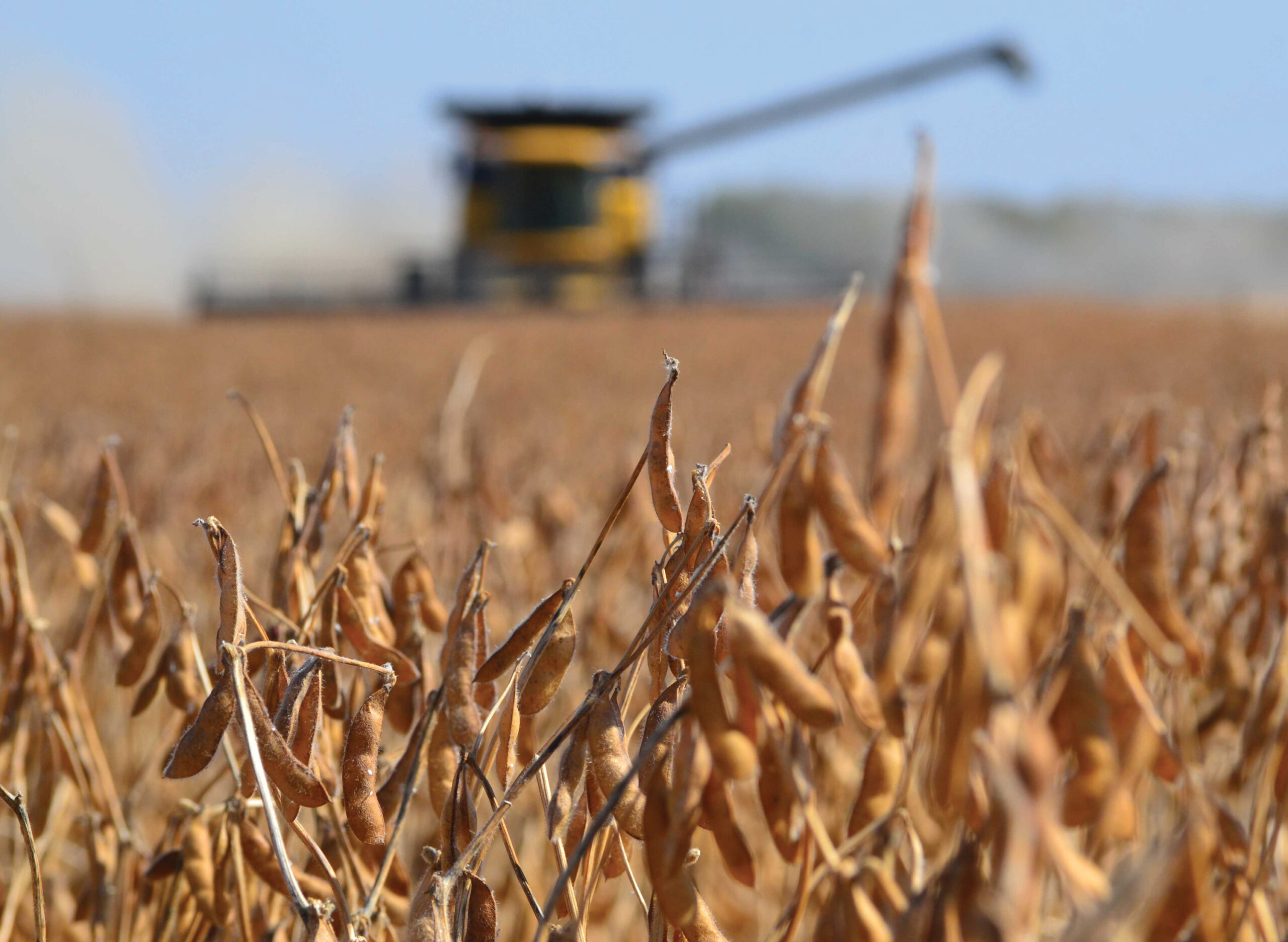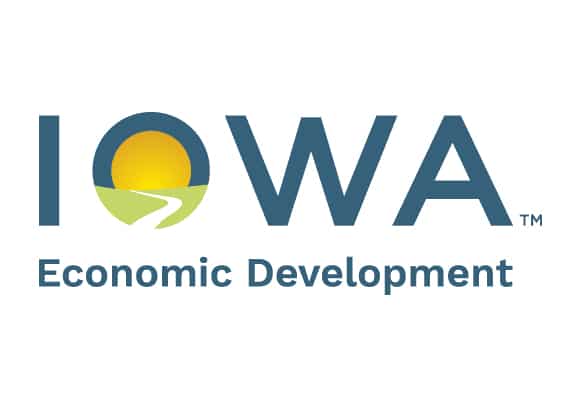Iowa Leading Indicators Index records a decrease in February

Business Record Staff Apr 7, 2023 | 2:01 pm
2 min read time
548 wordsAll Latest News, Economic DevelopmentThe Iowa Leading Indicators Index decreased 0.1% to 108.3 in February from 108.4 in January. The monthly diffusion index increased to 43.8 in February from 37.5 in January.
The six-month diffusion index and six-month annualized change measured by the Iowa Leading Indicators Index both remained in contractionary signals.
During the six-month span through February, the Iowa Leading Indicators Index decreased 1.1%, an annualized rate of negative 2.1%, putting it below the contractionary threshold of negative 2.0% for the second month in a row. The six-month diffusion index remained unchanged at 37.5 in February from January. February is the fourth month in a row that the six-month diffusion index has been under the contractionary threshold of 50.0.
A diffusion index measures the proportion of components that rise during a given time period. Based on how components increased or decreased over the time period, they are assigned values and added together.
In February, the Iowa nonfarm employment coincident index recorded a 0.12% increase, the 23rd month of growth.
Four of the eight components increased month-over-month in February: The national yield
spread, the Iowa Stock Market Index, residential building permits, and average manufacturing
hours. The agricultural futures profit index, diesel fuel consumption, the new orders index, and average weekly unemployment claims detracted from the index.
The yield spread improved in February but remained in inversion territory (below zero) at negative 1.04% from negative 1.16% in January. February is the fourth month in a row that the yield spread has been in inversion. The long-term rate increased 22 basis points while the short-term rate increased 10 basis points.
During February, 17 of the 28 companies on the Iowa Stock Market Index gained value, and six of the 10 financial-sector companies increased. With approximately two-thirds of the stocks experiencing gains, the stock market index increased to 132.98 in February from 130.45 in January.
Residential building permits were at 638 in February, up from 601 last year. The 12-month moving average increased to 1,046 in February from 1,043 in January. February permits were 0.3% above February 2022, and 16.5% above the monthly historical average.
The 12-month moving average of weekly manufacturing hours worked increased to 39.35 in February from a revised 39.34 in January. In February, average hours were 39.2, above the 39.1 hours in February 2022, yet just over an hour and a half below the historical monthly average.
The 12-month moving average of weekly unemployment claims increased from 1,797 in January to 1,812 in February. Unemployment claims were 11.15% above February 2022 claims, yet 41.75% below average historical claims for February.
The new orders index in February increased to 55.7, compared with 45.7 in January. However, the 12-month moving average of the new orders index has decreased to 54.83 from 69.06 in February 2022.
Diesel fuel consumption decreased 4.4% between February 2022 and February 2023. The 12-month moving average decreased to 67.37 million gallons in February from 67.63 million in January.
During February, the agricultural futures profit index detracted from the Iowa Leading Indicators Index with expected profits decreasing in both crop commodities and livestock commodities. Compared with last year, new crop corn prices were 0.2% higher while soybean prices were 4.0% lower. The February crush margin for cattle remained the same from January while the crush margin for hogs decreased 3.1%.











